Onimusha 2: A Samurai’s Quest Reimagined
Certainly! Here’s a rewritten version of the provided content:
—

Return of the Legends
 We are currently in an era where Capcom is reviving many of its classic franchises, as seen last year with the surprising confirmation of Okami Sequel. However, there’s more to the excitement, as a beloved franchise from the PlayStation 2 era is making a comeback: first with a remaster and then with a brand new game in 2026. This is how we learned about Onimusha 2: Samurai’s Destiny. While it doesn’t have “Remastered” in its name, it is a modest update of the game originally released in 2002. This treatment makes sense, considering they did something similar with the first game back in 2018. For those unfamiliar with the franchise, it’s reminiscent of classic Resident Evil, but with more focus on action and combat using various weaponry, set in the Japanese feudal era with supernatural elements involving demons.
We are currently in an era where Capcom is reviving many of its classic franchises, as seen last year with the surprising confirmation of Okami Sequel. However, there’s more to the excitement, as a beloved franchise from the PlayStation 2 era is making a comeback: first with a remaster and then with a brand new game in 2026. This is how we learned about Onimusha 2: Samurai’s Destiny. While it doesn’t have “Remastered” in its name, it is a modest update of the game originally released in 2002. This treatment makes sense, considering they did something similar with the first game back in 2018. For those unfamiliar with the franchise, it’s reminiscent of classic Resident Evil, but with more focus on action and combat using various weaponry, set in the Japanese feudal era with supernatural elements involving demons.
With this context in mind, the second installment became a fan-favorite because it elevated the mechanics from the first game, increasing the difficulty of enemies, puzzles, bosses, and secrets. There was also a charismatic cast of characters adding charm to the journey. Fortunately, Capcom selected us to test this version a few days early, allowing us to provide you with insights on whether it’s worth giving a try. We’ll assess all aspects, paying particular attention to any enhancements and overall quality of life improvements. Specifically, we’ll examine if the mechanics are user-friendly in today’s gaming landscape and accessible for new players. This is especially relevant as fixed-camera zombie games have fallen out of favor, being replaced by over-the-shoulder perspectives.
Now, the inevitable question arises: Can Onimusha 2: Samurai’s Destiny revitalize the series before the release of a new game, or is it better to wait until 2026 and avoid a title with outdated gameplay? We aim to answer this in the new Atomix Review we’ve crafted for you. So, ready your best weapon and magic moves, as we delve into a world blending realism and fantasy, with battles of good versus evil. It’s refreshing to explore something different from what the yellow company offers, as we can’t deny they have three cash-cow franchises that seem omnipresent.

The Path of Vengeance and the Basics
The story of Onimusha 2: Samurai’s Destiny takes us back to feudal Japan, where a brief segment recaps events from the first game: a demon invasion led by Oda Nobunaga was once thwarted by a hero. However, peace is fleeting, and the villain returns after escaping captivity. His first target is the hometown of our protagonist, Jubei Yagyu, who finds his home and loved ones destroyed, prompting him to seek revenge as a samurai.
Five special orbs, guarded by Nobunaga’s followers, are crucial for Jubei’s quest, and he must search for them across key areas of the map. Along the way, he will meet other warriors who join the noble cause of ridding the world of evil, a mission that transcends mere revenge.

Gameplay involves third-person action, puzzle-solving, and RPG elements. It shares similarities with classic Resident Evil, as players often need to find items to progress, though not readily accessible and requiring puzzle solving or boss fights. Unlike those games, combat is more central, featuring a variety of weapons like a spear, bow and arrows, dual swords, and magical items, each with unique strategic and elemental properties offering abilities like lightning or ice.

A likely challenge for players is the camera, as it retains the fixed screens and pre-rendered backgrounds similar to Capcom’s early titles. This can make combat awkward during scene transitions, causing confusion or even dizziness. Fortunately, this edition features improved controls over the tank-like feel of the original, easing transitions around screens. Puzzles aren’t overly complex, merely requiring players to attentively use available clues for progression.
Allies in various towns offer aid in exchange for items, granting healings or amulets that boost health and magic power. Not to forget, absorbing souls from defeated enemies provides magic (purple), health (yellow), and more.

Among the most significant are red souls, essential for leveling up weapons or armor at save points spread across maps. Lastly, purple souls, collected in groups of five, allow entry into Onimusha mode, granting invincibility and enhanced attack attributes for a limited time. Previously automatic, this mode now activates using R2 and L2 (on PlayStation).
Regarding game difficulty, it’s manageable if players act prudently and avoid reckless attacks. Attacking at the right moment allows for critical hits, significantly damaging enemies. In general, the game remains faithful to the original but with vital quality-of-life improvements for modern players. Personally, I would appreciate an indicator for interactable elements in the screen, although the option to skip cutscenes and the auto-save feature to avoid replaying entire sections are valued additions.

Add-Ons to Delight Most Players
Having reviewed the gameplay aspects of Onimusha 2: Samurai’s Destiny, let’s explore the extras Capcom has included to entice seasoned users to give it a try, starting with historical documents enriching the franchise’s development.
First, a gallery area showcases character illustrations from early sketches to final designs, inviting illustration enthusiasts to examine each instance.
Additionally, the soundtrack section offers original tracks for music lovers to enjoy without the intrusion of in-game sound effects. Pause and adjust settings as in typical remaster or collection jukeboxes.

Another important section is the minigames, where players can set personal bests by defeating waves of enemies or solving chest puzzles, offering a relaxing breath after story-induced stress.
For those feeling overwhelmed by difficulty, an easy mode is available from the start, making enemies less formidable. On the contrary, hell mode presents a realistic challenge where players perish with a single enemy blow.
Language options also broaden accessibility, with inclusions like English, German, Chinese, French, and notably, the Spanish user interface featuring Latin American interpretation, eliminating misunderstood phrases.
Lastly, extra costumes for Jubei and Oyu can be activated from the main menu, adding a fun twist to cutscenes. Additionally, owning a save file from the remastered first game grants access to a special throwback costume.

Decent Graphic Changes but Not Groundbreaking
Graphically, Onimusha 2: Samurai’s Destiny remains faithful to its original design, adapting the game to HD display rather than significantly upgrading its visuals. While it doesn’t visually astonish, the switch to a 16:9 aspect ratio feels natural, although a 4:3 option remains for traditionalists.
On PS4 (as tested on a PS5), the game maintains 60fps, even with many enemies on screen, running at 4K resolution, although expectedly lower on Nintendo Switch. Minor touch-ups were applied to the CGI scenes as well.

Musically, original tracks underscore the ancient Japanese setting without needing orchestral revisions, keeping audio clean rather than significantly altered.
Voice acting now includes Japanese, a welcome addition that enhances immersion, especially in a setting deeply rooted in Asian culture. The previously jarring English voiceovers have been reduced.
Overall, the audio-visual presentation maintains its PS2-era charm, yet pleasantly adapts with improvements, though utilizing modern engines like Unreal Engine or Unity would have been a welcomed enhancement.

If You Missed the Original, Embrace the Way of The Samurai
 In conclusion, Onimusha 2: Samurai’s Destiny in this HD version is a solid choice for those seeking early Resident Evil-style gameplay, enhanced with hack and slash elements. While some may find the mechanics outdated, the control improvements may alleviate concerns.
In conclusion, Onimusha 2: Samurai’s Destiny in this HD version is a solid choice for those seeking early Resident Evil-style gameplay, enhanced with hack and slash elements. While some may find the mechanics outdated, the control improvements may alleviate concerns.
Despite the trailers indicating minimal graphic changes, the acceptable work in adapting the screen resolution to high definition and ensuring smooth frame rates supports immersive combat experiences.
It’s clear that if you haven’t played the original and are interested in entering the series, you should understand the type of experience awaiting you. If you’re familiar with similar titles, playing the game seems like a good idea. As for returning players, consider if the extras justify a revisit for you.
Capcom appears to be paving the way for the franchise’s next installment, and it wouldn’t be surprising to see a similar treatment for the third part sometime, continuing the overarching aim to finally defeat Oda Nobunaga.
Onimusha 2: Samurai’s Destiny releases on May 23 for PS4, Xbox One, Nintendo Switch, and PC.
—
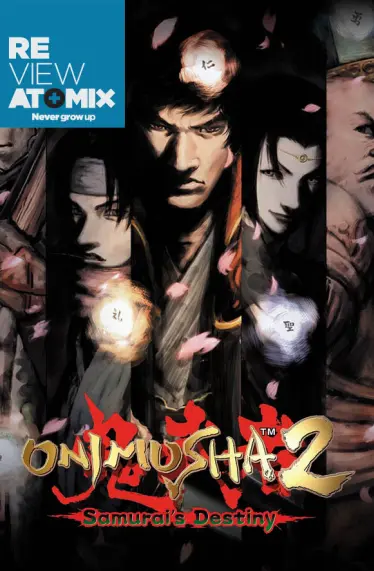



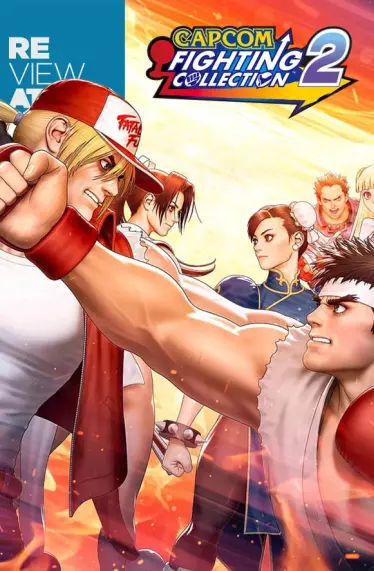

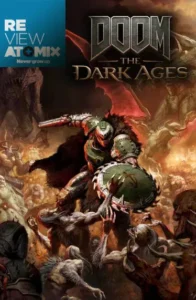


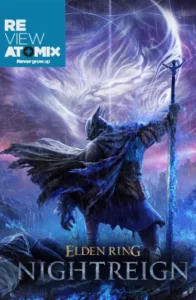

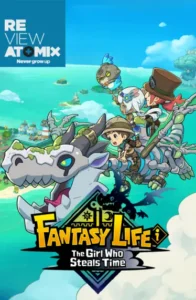
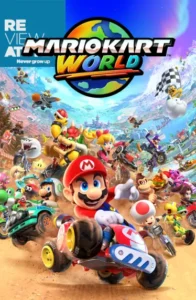
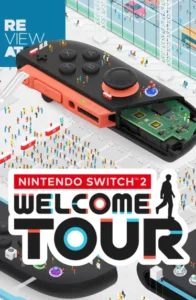

Post Comment